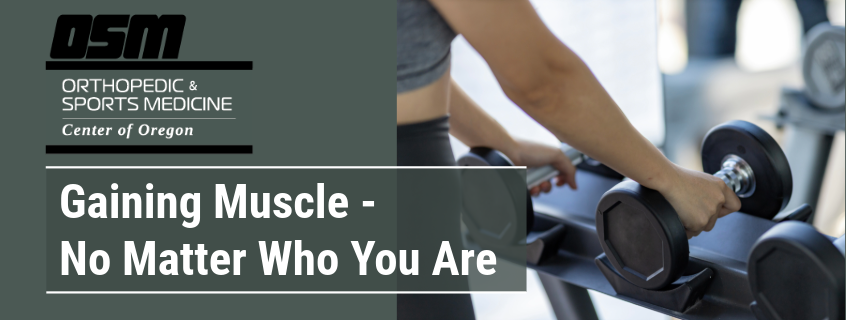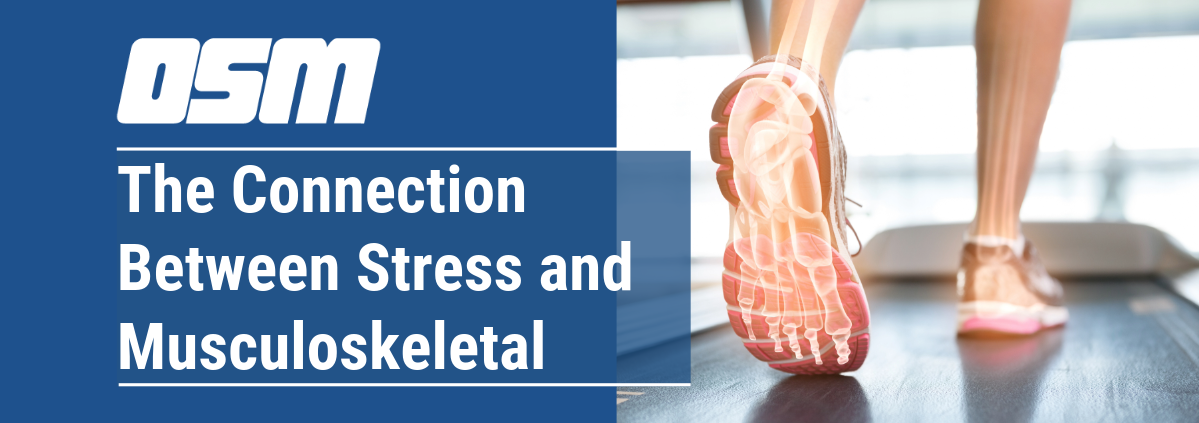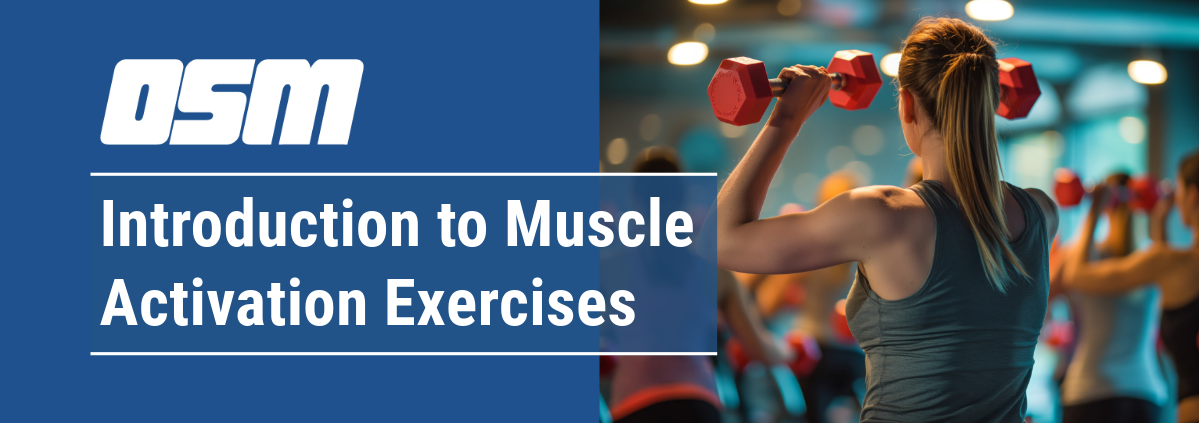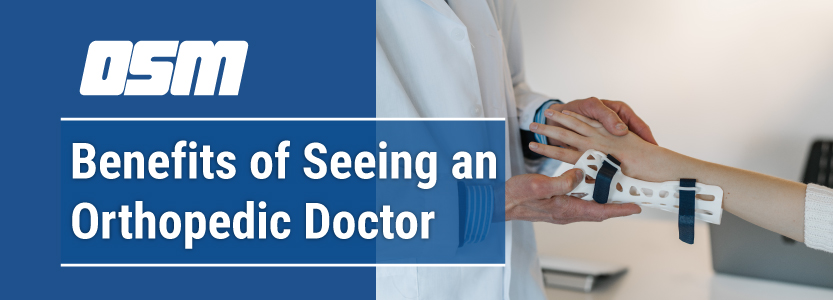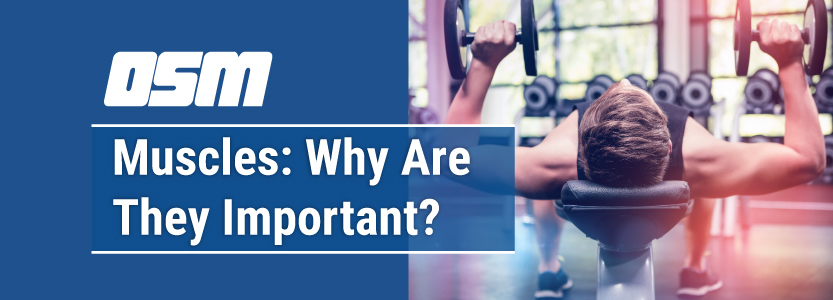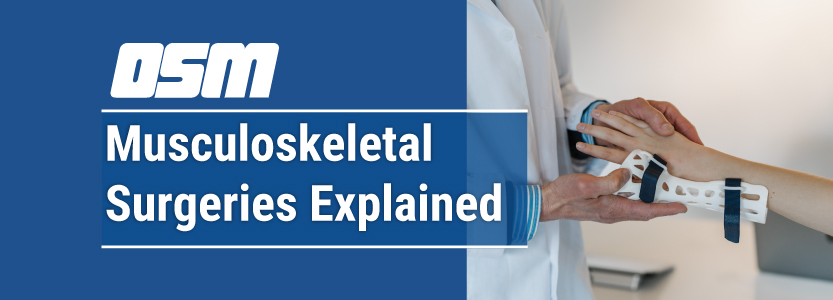Gaining Muscle – No Matter Who You Are
Article featured on Healthline
Muscle growth takes time, persistence, and a long-term commitment to the process. But it’s possible for most people with proper training programs and protein consumption.
Muscle building is often a top priority when it comes to physique improvements.
This article breaks down everything you need to know when it comes to building muscle, including how to work out, what to eat, and recovery protocols.
The basics of building muscle
Anatomically, skeletal muscles are a series of parallel cylindrical fibers that contract to produce force. This muscle contraction allows all external human movement to occur.
Your body is constantly renewing and recycling the amino acids, or protein building blocks, in your muscles.
You’ll lose muscle mass if your body removes more protein than it adds. No measurable change in muscle size occurs if the net protein synthesis is even. Your muscles will grow if your body deposits more protein than it removes.
The key to building muscle is to increase the protein deposition rate while minimizing the muscle protein breakdown rate.
This process of increasing your muscle mass is known as muscle hypertrophy, and it’s a primary goal of resistance training.
Several factors drive the muscle-building process, including hormones like testosterone and growth hormone and the availability of amino acids and other nutrients.
To build new muscle tissue, your primary tools for increasing your body’s rate of protein synthesis are performing resistance training and getting sufficient amounts of protein and overall nutrients.
The correct amount of resistance training drives your body’s hormonal response toward building muscle, but it requires sufficient protein and energy availability to ensure the process results in muscle gains as opposed to muscle losses, research says.
While researchers and experts continue to study the science of optimizing muscle gains, performing resistance training using moderate to heavy loads combined with relatively high protein intake remains the only tried-and-true training method for increasing muscle mass.
Summary
Building muscle requires your body to deposit more protein molecules into your muscles than it removes. Resistance training with weights and ensuring proper nutrition are the primary means for accomplishing this goal.
Tips for how to gain muscle
1. Decide your target number of repetitions
The repetition continuum is a useful concept when designing training programs for muscle building.
Stimulating muscle growth requires performing weight training exercises with an amount of weight that typically only allows you to perform 1–20 repetitions.
In general, the repetition continuum states that weights you can only lift for 1–5 repetitions tend to build more strength, weights you can lift for 8–12 repetitions tend to build more muscle, and weights you can lift more than 15 times tend to increase muscular endurance.
Understand that these ranges will have some crossover, meaning that 3-repetition sets with the respective weight will cause some muscle growth, 8-repetition sets will build some strength, and 20-repetition sets will build muscle as well.
Additionally, recent research suggests that different individuals may respond better to lower or higher repetition ranges when it comes to building muscle.
To put it simply, depending on your size, your muscles may grow more with lower reps using heavy weights or with high reps using lighter weights.
2. Choose the right amount of weight
Typically, the weight must be heavy enough that performing much more than 20 reps is impossible.
The weight you choose to use should leave you at or near failure on your specified number of repetitions.
For example, if you’re performing a set of 10 repetitions, by the tenth repetition, you should be unable or nearly unable to perform another repetition.
You should rarely have more than “two reps in the tank” by the end of a set if your goal is building muscle.
The overall implication of the repetition range continuum is that you should go through different phases of training using different repetition ranges to see what gives your body the most muscle growth.
3. Choose your exercises well
As mentioned, muscle building is specific to the muscle being worked.
For example, to build bigger biceps, you need to perform exercises that work the biceps. This could be an isolated bicep exercise, such as a bicep curl, or a compound movement that uses the biceps, such as a pullup.
Compound and isolation movements can be equally effective at leading to muscle hypertrophy in terms of the best exercise type for muscle building.
Nevertheless, your training should include compound and isolation movements for the best long-term fitness results.
Compound movements like a barbell back squat effectively stimulate multiple large muscle groups in a single exercise and provide more functional movement for real-life activities. This leads to both more efficient workouts and more practical muscle strength.
Isolation movements are an excellent way to target specific muscles, and beginners may initially find them safer and easier to learn than compound movements.
Additionally, isolation movements are typically easier to perform when you’re fatigued, as you’re not stabilizing your entire body. This may allow you a few extra targeted sets at the end of a workout when you’re otherwise too exhausted to do another compound exercise.
4. Structure your workout to avoid overtraining
A good rule of thumb is to perform 3 sets of 3–5 compound movements, followed by 3 sets of 1–2 isolation movements per workout.
Generally, you do your heaviest sets using compound movements and perform higher repetition ranges on your isolation movements.
Assuming you’re performing 3 working sets per exercise, limit your total combined compound and isolation movement exercises to 5–7 movements per workout.
This allows you to benefit from each type of exercise while maximizing the overall muscle-building potential of your training program and avoiding any symptoms of overtraining.
How fast can you gain muscle?
Gaining muscle isn’t always easy — and it certainly doesn’t happen quickly.
Gaining serious muscle takes many months and years of weight training and proper eating. Muscle gain rates vary by individual, even when following the same program.
Overall, with good nutrition and consistent training, 2020 research has found that 0.5–2 pounds (0.25–0.9 kg) of muscle growth per month is a good benchmark for maximal potential muscle growth in adult men.
While this may seem like a small amount, the results can be dramatic over time. With just a few years of consistent training, you can gain 20–40 pounds (9–18 kg) of muscle, which would be a dramatic physique change for virtually anyone beginning a resistance training program.
The takeaway
Gaining muscle requires a commitment to both resistance training and following an appropriate diet.
Workout programs for building muscle should primarily rely on compound and isolation movements with weights but adjust the specific exercises, sets, and repetitions to ensure consistent, long-term gains in both muscle size and strength.
Proper nutrition involves sufficient protein, fat, and carbohydrate calorie intake that exceeds daily energy expenditure enough to build muscle but not so drastically as to cause excess fat gain.
Large increases in muscle mass take months to years of consistent training but are possible for most individuals.
Overall, to reach your muscle-building goals, you must lift hard, eat right, and stay consistent.
The Orthopedic & Sports Medicine Center of Oregon is an award-winning, board-certified orthopedic group located in downtown Portland Oregon. We utilize both surgical and nonsurgical means to treat musculoskeletal trauma, spine diseases, foot and ankle conditions, sports injuries, degenerative diseases, infections, tumors and congenital disorders.
Our mission is to return our patients back to pain-free mobility and full strength as quickly and painlessly as possible using both surgical and non-surgical orthopedic procedures.
Our expert physicians provide leading-edge, comprehensive care in the diagnosis and treatment of orthopedic conditions, including total joint replacement and sports medicine. We apply the latest state-of-the-art techniques in order to return our patients to their active lifestyle.
If you’re looking for compassionate, expert orthopedic and podiatric surgeons in Portland Oregon, contact OSM today.
Phone:
503-224-8399
Address
17355 Lower Boones Ferry Rd Suite 100A
Lake Oswego, OR 97035
Hours
Monday–Friday
8:00am – 4:30pm

